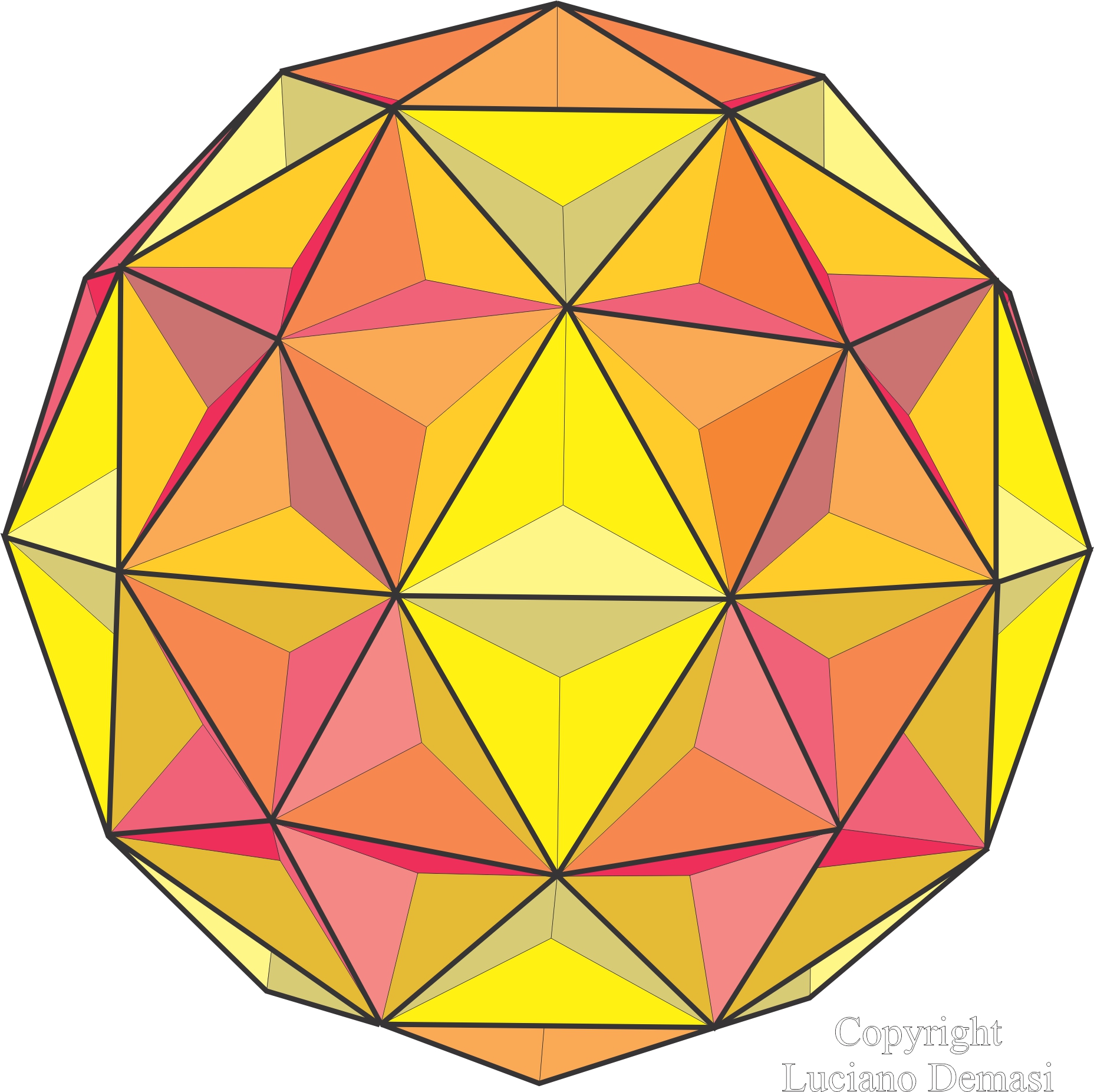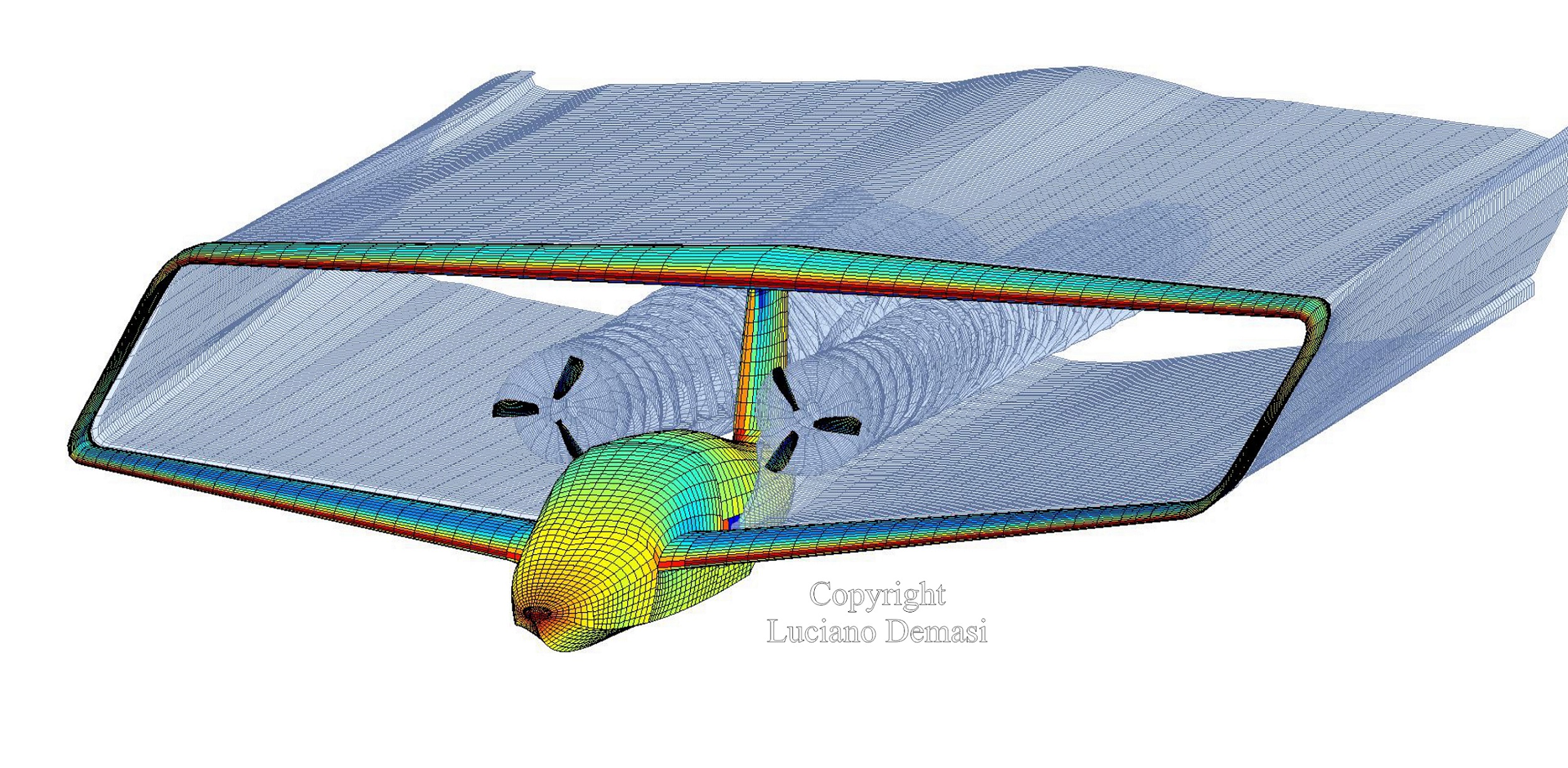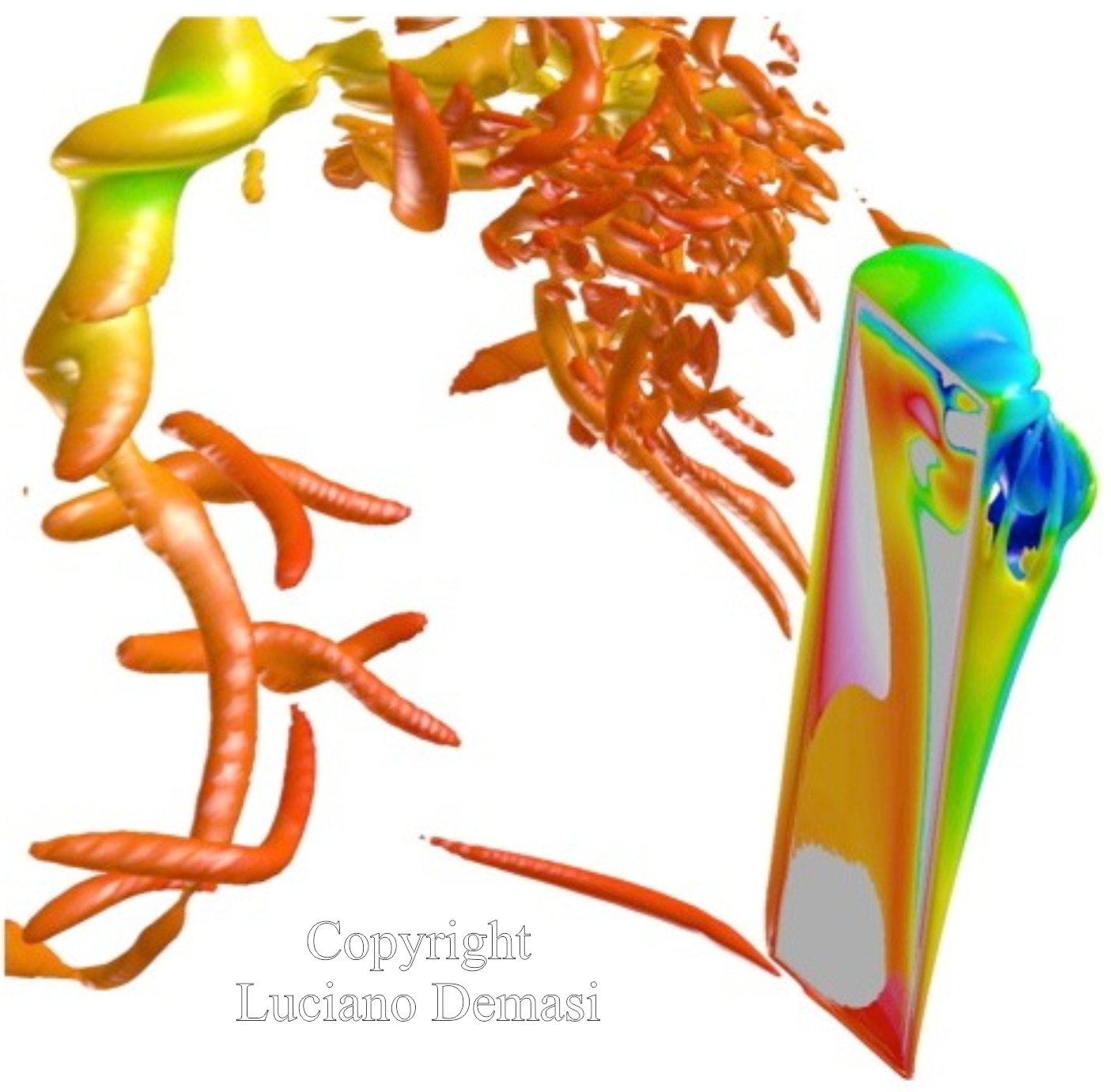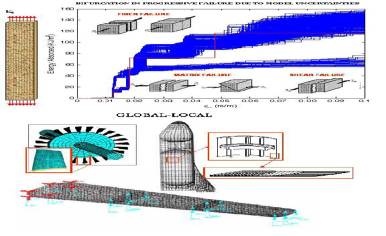Structures and Aeroelasticity
OVerview
- The research in Aeroelasticity, Structural Dynamics, and Aerodynamics at San Diego State University aims at developing theory and computational techniques for the analyses of innovative configurations that can meet the future challenges of aviation and transportation demands.
- Manned and unmanned systems as well as drones at different scales and Reynolds numbers are addressed with particular emphasis on the aeroelastic stability performance.
Core faculty members
Luciano Demasi
Dr. Luciano Demasi and his group developed in-house multifidelity capability for the aerodynamic, structural, and aeroelastic analyses of flying systems with the goal of providing aerodynamically efficient and environmental-friendly configurations.Emphasis is also placed on the structural analysis of Variable Angle Tow Composites (curvilinear fibers). An in-house pre-processor, multi-theory computational architecture, and a postprocessor are available for various applications including stability analyses of compressed structures.




Satchi Venkataraman
The research in structural optimization is aimed at developing efficient procedures for optimizing aerospace structures. The topics currently being investigated include surrogate model for structural optimization, reliability based design of structures, reliability optimization incorporating data and model uncertainty, efficient multi-level and multi-fidelity structural optimization, design for robust and predictable progressive failure, biomimetic design of structural topology, and damage and fracture analyses of composite structures. The research in addition to using existing software also develops its own codes for state-of-the global and local optimization, surrogate and meta-modeling, nonlinear finite element analysis and reliability analysis and optimization. Experimental validation of results is done using the structural testing lab facilities.


